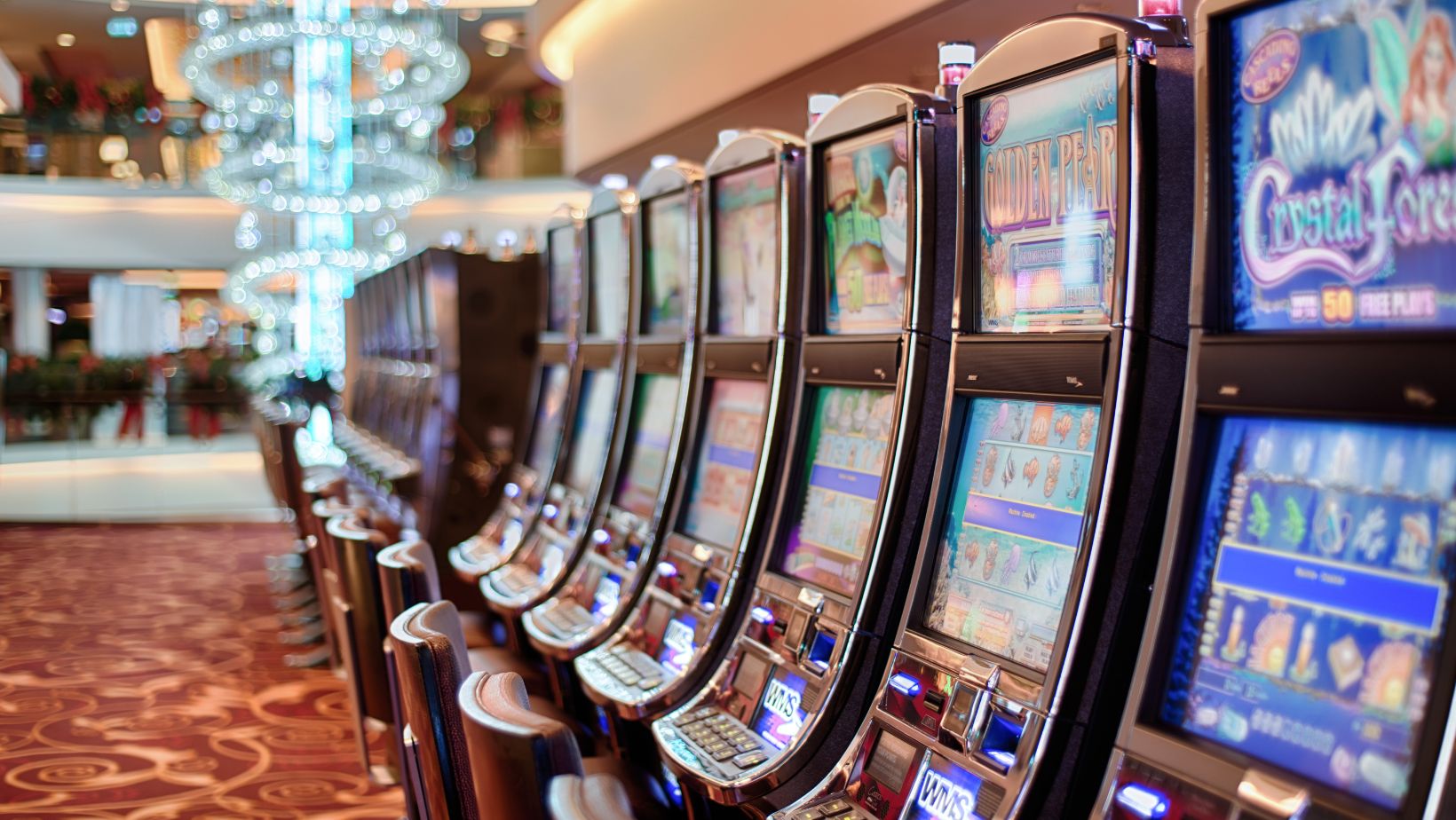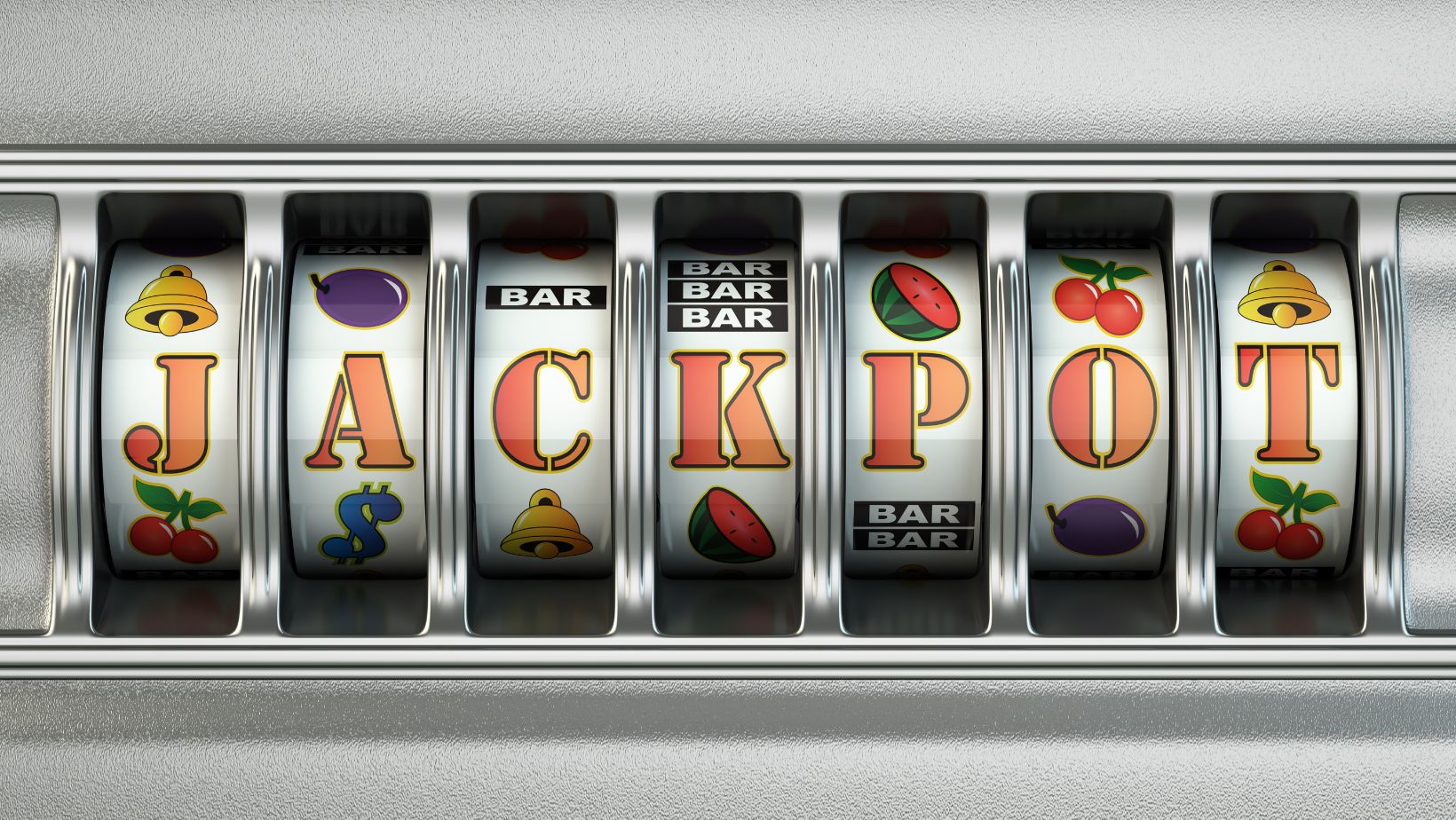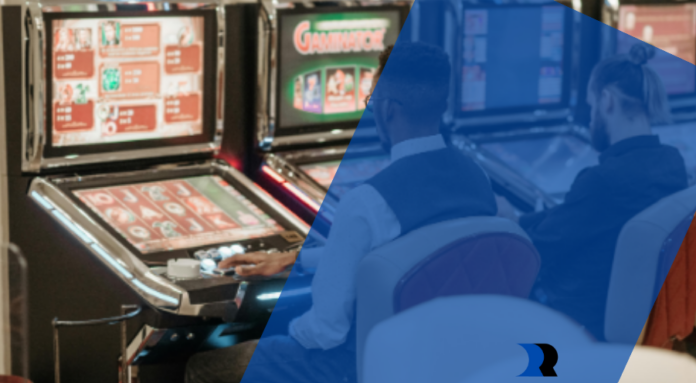Slot machines makeup around 70% of casino revenues in the US (and an even higher percentage online). The relatable themes, global appeal, and the chance of a jackpot win attract an abundance of players to get involved each year. If you’re looking to explore the world of online slots, you can check out https://www.snabbare.com/sv/casino/explore for a wide range of options.
At some point, you may have wondered what determines the likelihood of winning on these machines. The answer is both simple and complex. A metric process that could significantly impact your gameplay and experience – something called Return to Player (RTP).
We’ll look into RTP – exploring its definition, calculation methods, relationship to volatility and how it influences your chances. Armed with this knowledge, you’ll be equipped to make well-informed decisions when selecting slots – online or in person.
What is Return to Player?
In simple terms, Return to Player is the percentage of wagered money that a slot machine will pay back to players over time. For example, if a slot has an RTP of 95%, that means for every $100 bet on the machine, it will pay out $95 in winnings in the long run.
According to data from the Nevada Gaming Control Board, the statewide average RTP for slots was 92.37%. This figure masks a wide range, with some slots offering RTPs as low as 75% (the legal minimum) and others reaching over 98%.
It’s crucial to understand that RTP is a long-term average, calculated over thousands or even millions of spins. It does not mean that you will get back 95% of your money every time you wager $100. In the short term, your results can vary wildly due to the randomness of slot machines. You might win big, break even, or lose your entire bankroll in a single session.
The Evolution of RTP in Online Slots
While RTP has long been a factor in land-based casino slots, the rise of online gambling has brought new transparency and opportunities for players. In the highly competitive online slots market, game developers and casinos have a strong incentive to offer slots with higher RTPs to attract customers.
Many of the top online slots now boast RTPs of 96-98%, significantly higher than the averages found in brick-and-mortar casinos. Developers like NetEnt, Microgaming, and Play’n GO are leading the charge, regularly releasing new titles with clearly advertised high RTPs.
For example, NetEnt’s iconic Mega Joker slot has an RTP of 99%, one of the highest in the industry. Play’n GO’s Book of Dead, a hugely popular online slot, has an RTP of 96.21%. And Microgaming’s Immortal Romance clocks in at 96.86% RTP.
This trend towards higher RTPs benefits players by giving them more chances to win over time. However, it’s still important to consider volatility and overall gameplay enjoyment when choosing online slots. A 98% RTP slot that doesn’t appeal to your personal tastes won’t be much fun, even if the math is in your favor.
As online slots continue evolving with new features like Megaways and crash gambling, RTP will likely remain a key selling point. Savvy players should stay informed on the latest games with high RTPs from reputable developers and casinos. With so many options available online, there’s no need to settle for low RTP slots that severely handicap your chances of winning.
How Casinos and Game Developers Determine RTP
So how do casinos and game developers arrive at a slot machine’s RTP? It all starts with the game’s mathematical model, which is programmed into the software. This model determines the probability of each symbol landing on the reels, the payouts for each winning combination, and any special features like free spins or bonus rounds.
Based on this math model, the game’s random number generator (RNG) produces a constant stream of combinations. The RNG ensures that each spin is independent and unpredictable. Over a vast number of spins, the results will approach the expected probabilities set by the math model, and the actual payouts will get closer to the theoretical RTP.
Casinos and game developers must carefully balance a slot’s RTP. They want the percentage to be high enough to attract players, but low enough to ensure the house makes a profit. In most casinos, slot RTPs range from 90% to 98%, with the average being around 95%. This might seem high, but remember that slots are still negative equity games in the long run. The house always has an edge, even if it’s small.

It’s interesting to compare slot RTPs to other casino games. For instance, the RTP of blackjack can exceed 99% with perfect basic strategy, while roulette has an RTP of 97.3% on a single-zero wheel and 94.7% on a double-zero wheel. Slots tend to have lower RTPs than table games, but they make up for it with the potential for huge jackpots and bonus features.
The Relationship Between RTP and Slot Volatility
Another important concept to grasp alongside RTP is slot volatility, also known as variance. Volatility refers to the risk involved in playing a slot machine. A low volatility slot pays out small wins frequently, leading to longer playing sessions with less dramatic swings. In contrast, a high volatility slot pays out big wins rarely, leading to shorter busts or substantial payouts.
Here’s the interesting part: two slot machines can have the exact same RTP, but vastly different volatility levels. Imagine Slot A has an RTP of 96% and pays out a modest win every few spins. Meanwhile, Slot B also has an RTP of 96%, but might not pay anything for dozens of spins until suddenly awarding a massive jackpot.
As a player, it’s valuable to consider volatility when choosing a slot. If you have a small bankroll and want to play for a long time, a low volatility slot might be the way to go. If you’re willing to risk more for the chance at a big payday, high volatility slots can provide that thrill. Many game developers publish volatility ratings for their slots, or you can consult player reviews to get a sense of a game’s variance.
RTP Regulations and Player Protection
To ensure fairness and player protection, many jurisdictions impose legal requirements on slot machine RTPs. Casinos and game developers must submit their slots for testing and approval by independent labs before releasing them to the public. These tests verify that the RNG is truly random and that the actual RTP matches the advertised percentage over millions of simulated spins.
Some regulators, like the UK Gambling Commission and the Malta Gaming Authority, require casinos to publicly display the RTP of each slot machine. This transparency allows players to make informed decisions. In the United States, the Nevada Gaming Control Board mandates a minimum RTP of 75% for slots, though most machines there have RTPs over 90%.
It’s important to view RTP not just as a mathematical concept, but as a tool for responsible gaming. By understanding the house edge on slots, players can manage their expectations and gamble within their means. Reputable casinos and game developers should provide clear information about RTP and promote responsible gaming practices.
Using RTP to Select Slot Machines
Armed with your knowledge of RTP, you can use it to guide your slot selection. All else being equal, a higher RTP slot will give you a better chance of winning in the long run. However, finding a slot’s precise RTP isn’t always easy. Brick-and-mortar casinos rarely display this information on the machines themselves.
Online, many casinos and game developers are more forthcoming. You can often find a slot’s RTP in the information section, paytable, or help screens. Failing that, a quick Google search or peek at player forums and review sites can usually uncover the percentage.
A word of caution: RTP shouldn’t be the only factor in choosing a slot game. Also consider the gameplay, theme, bonus features, and jackpot size. A slot with an RTP of 98% might be dull as dirt, while a 95% RTP slot could have an engaging round that you find thrilling. Ultimately, slots are a form of entertainment, so pick games you enjoy.

It’s also crucial to remember that even a high RTP slot is still a negative equity proposition. Slots are programmed to pay out less than they take in over time. Chasing losses or trying to beat the house is a surefire way to end up in trouble. Always gamble responsibly and within your budget.
Remember, It’s Supposed to Be Fun
Return to Player is a concept for all slot enthusiasts to understand. It represents the theoretical percentage of wagers that a machine will pay back over time. Casinos and game developers determine RTP through careful math modeling, and regulators often mandate minimum percentages and disclosure to players.
By grasping how RTP works and relates to volatility, you can make better choices when playing slots. Look for games with a high RTP, but also factor in your personal preferences and bankroll. Remember that slots are ultimately a form of entertainment, not a way to make money.
Most importantly, always gamble responsibly. Set a budget, don’t chase losses, and never wager more than you can afford to lose. With a solid understanding of RTP and a commitment to healthy gaming habits, you can enjoy the excitement of slot machines while keeping the risks in check. May lady luck be on your side!


